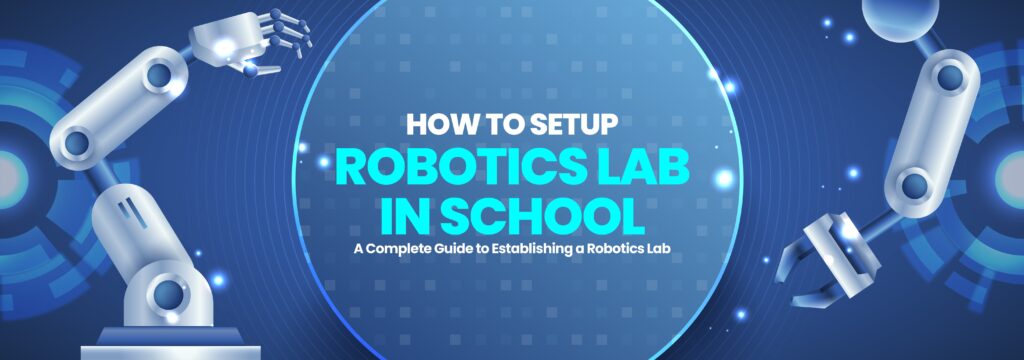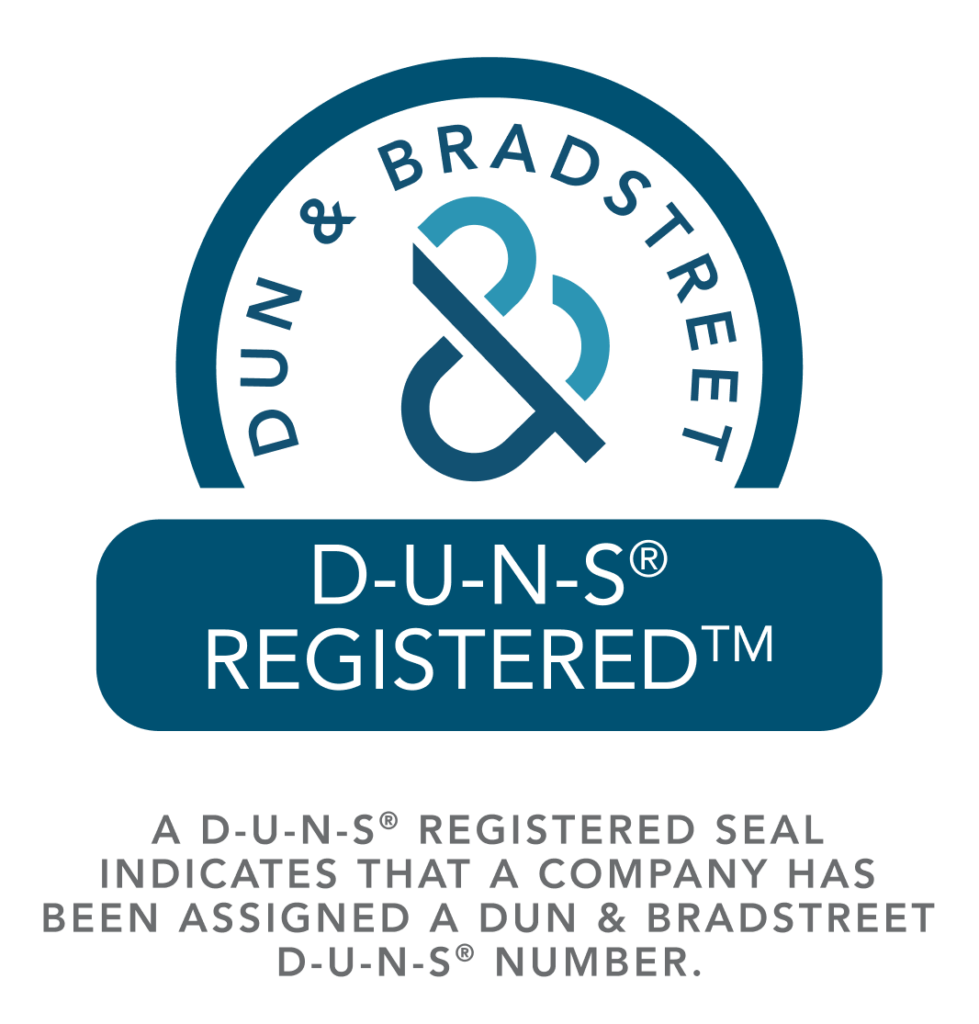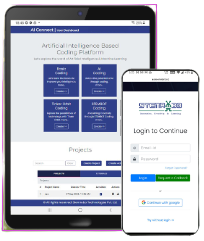Greener Classrooms, Smarter Futures: Teaching Sustainability with STEMROBO Kits
The population is increasing with every second and world is rapidly evolving to keep up with the demands and desires of the generation and to adapt itself for the problems and quests of the future world. To adapt is a huge bandwidth: that is, in this context we will, deep dive into the adaptation of the kids of today to make themselves technologically smart and practice ways that contribute to sustainability and conservation. These 17 interconnected goals are designed to address the world’s biggest challenges like poverty, climate change, health, education, innovation, and inequality. But the question is: How do we contribute to these goals in a classroom setting? The answer lies in a dynamic blend of STEAM education, technology integration, and hands-on learning platforms and this is where this edtech company leads the way. Connecting Classrooms with Global Challenges Our kits and solutions aren’t just about circuits and sensors. They are embedded with values and themes aligned with the United Nations’ SDGs, ensuring every student project directly links to a real-world problem and its potential solution. Take, for example: • A Soil Moisture Sensor project developed using the Tinker Orbits Kit teaches students how implementing smart agriculture practices help conserve water. A goal that aligns with SDG 2: Zero Hunger and SDG 12: Responsible Consumption. • A Smart Morning Alarm using LDRs helps in minimal use of energy that aligns with SDG 7: Affordable and Clean Energy. • An Air Quality Monitor helps to analyse pollution and find ways to control it. It aligns with SDG 3: Good Health & Well-being. These are not just science projects. They are preparation for life in the 21st century. Empowering Schools with Innovation Labs To make such experiential learning accessible, 21st century skills in education supports schools in establishing and running Atal Tinkering Labs (ATLs)—a government of India initiative under NITI Aayog’s Atal Innovation Mission. We are among the leading ATL lab setup companies in India, offering end-to-end solutions: • ATL registration assistance • Complete ATL kit and equipment setup • PM SHRI TLM Kits, Math Kits, and IoT lab equipment • Teacher training & capacity building programs Whether you’re a PM SHRI school, a private institution, or a government school, our goal is the same: enable every student to explore robotics, AI, IoT, and design thinking. So, if you’re wondering how to set up an Atal Tinkering Lab in school, your wait is over here! Internet of Things lab for Schools’s expert consultants ensure smooth onboarding and setup within the framework of ATL compliance. 21st Century Skills for 21st Century Learners Today’s classrooms must evolve to foster: • Critical thinking • Problem-solving • Creativity • Digital fluency • Collaboration These are the 21st century skills every student and teacher must master. Professional development courses for teachers empowers this transformation by offering: • AI Curriculum for Schools • Robotics and Coding Curriculum • AR/VR Curriculum and content platforms • Internet of Things Lab for Schools • Professional Development Courses for Teachers • Certified Educator Programs Our STEM-based learning for students bridges the gap between traditional academics and future-ready capabilities. Learning by Doing: The Power of Project-Based Learning (PBL) All Teachers training program kits—including Tinker Orbits, Tinker N Design, Bitli, Mechatron kit, Smart Circuit Kit, STEAM Paper Circuit etc are developed to follow a project-based learning (PBL) model. This means students: • Build working models from scratch. • Understand the “why” behind every wire, code, and component. • Collaborate in teams, simulating real-world engineering tasks. • Present and document their innovations—building communication and documentation skills. Here’s a snapshot of popular PBL activities: • Water Level Indicator for urban homes • Gas Detection System for kitchen safety • Smart Fan System to conserve energy • Voice-controlled Home Automation using MicroBit or Arduino Robotics Each activity links back to real-life use cases and encourages STEM education for students with purpose. Teacher Training: From Instructors to Innovators A teacher is one of the most important role models in a child’s like. A teacher is someone who helps others learn. They are the students’ guides who explain and support them in understanding new concepts, developing skills, and growing as individuals. No transformation is complete without empowering educators. That’s why we offer a complete Teachers Training Program, both online and offline. Our training focuses on: • Understanding core STEM concepts • Handling coding and AI platforms with confidence • Setting up and managing robotics labs in schools • Integrating 21st century skills in education We also help teachers create digital AR/VR classrooms and leverage tools to drive student engagement. If you’re looking for professional development courses for teachers, Stem innovation and learning Centre provides tailored programs that turn traditional instructors into facilitators of innovation. For Every School, Every Vision, whether your school aims to: • Launch a Robotics Lab for students • Introduce an AI and IoT learning solution • Embed a Coding and Robotics Curriculum • Implement Virtual Reality in Education Curriculum for Schools offers full-stack support as a STEM Education Solution Provider Company trusted by hundreds of schools across India. We are proud partners to many PM SHRI schools, CBSE institutions, and international curriculum-based schools, helping them embrace new-age learning with clarity, quality, and confidence. The Impact So Far: Smarter Students, Sustainable Solutions Our approach is already making waves across India: • Students are building eco-friendly solutions to local challenges. • Schools have transformed into STEM innovation and learning centres. • Teachers are confident in using technology for instruction and assessment. • Communities are recognizing the value of STEM-based education in everyday life. The Future of Learning is Green, Smart, and Hands-On Now, sustainability is more than just a necessity because it is now a way to conserve for the future. Finding innovation solutions to this goal helps in serving it With AI Curriculum for Schools’s SDG-aligned, and hands-on learning platforms, students become more than just learners. They become innovators, thinkers, and problem-solvers. They solve problems through SWOT, PESTLE, DESIGN THINKING etc. They learn about
Greener Classrooms, Smarter Futures: Teaching Sustainability with STEMROBO Kits Read More »















